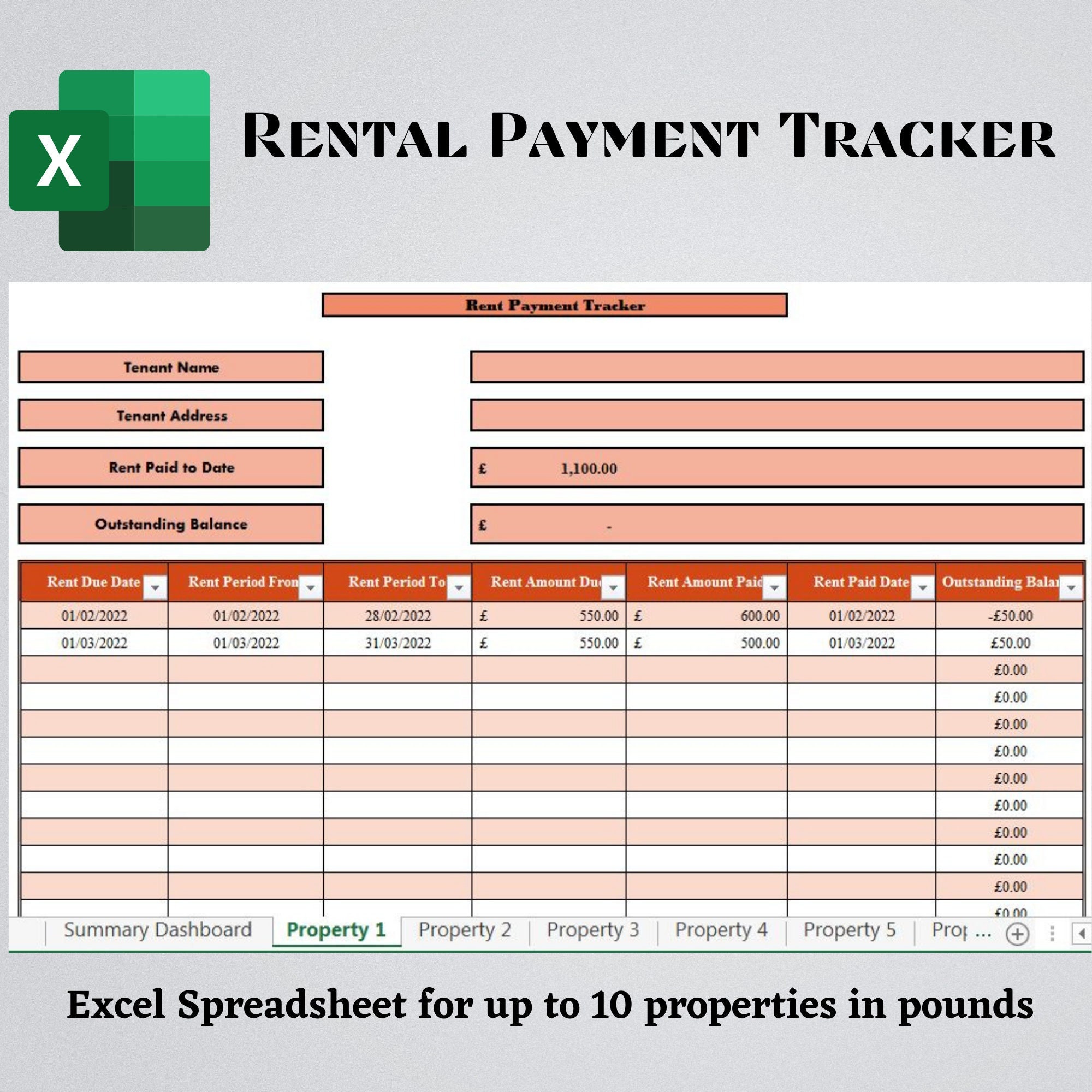How to Keep Track of Rent Payments: A Landlord’s Guide
How to Keep Track of Rent Payments: A Landlord’s Guide
Blog Article
Handling book funds may swiftly become frustrating, particularly when balancing multiple tenants or properties. Luckily, automation provides a straightforward and effective solution. By leveraging the proper tools and programs, how to keep track of rent payments tracking and remove headaches.
Why Automate Book Payment Monitoring?
Checking rent physically is not merely time-consuming but in addition vulnerable to errors. Overlooked payments, wrong calculations, or lost records can snowball in to larger issues. Automating this technique ensures:
•Reasonable obligations with little oversight.
•Accurate documents without guide information entry.
•Less strain for landlords and tenants alike.
The influence of automation on property administration is significant—several automation instruments present characteristics developed to save equally time and income, allowing landlords to concentrate on greater management priorities.
Methods for Automating Rent Cost Tracking
There are numerous trusted tools developed to deal with rent collection and monitoring efficiently. Here really are a several common alternatives:
1.Property Administration Computer software:
Tools like Buildium, Rentec Primary, and AppFolio provide extensive solutions. These tools let landlords to setup computerized rent pointers, generate invoices, and track payments in real-time.
2.Standalone Cost Processors:
Companies like PayPal, Venmo, or Zelle can be helpful for strong bank transfers. While these may absence advanced checking functions, pairing them with sales pc software or spreadsheets may construct a fruitful system.
3.Spreadsheets with Information Integration:
Tools like Google Sheets or Shine could be automated by pairing them with solutions such as for example Zapier. This allows inward payment data to populate spreadsheets immediately, maintaining documents up-to-date at all times.
Steps to Set Up Automatic Lease Monitoring
Step 1: Pick the Right Program
Identify pc software or methods that match the precise wants of one's home management portfolio. For smaller landlords, an easy payment processor may suffice, while greater managers can prefer all-in-one house management solutions.
Step 2: Arrange Payment Reminders
Collection computerized reminders for tenants a few days before payment deadlines. That function, available in most software, reduces late payments and maintains tenants informed.
Step 3: Link Accounts Solidly
Assure easy integration between payment platforms, bank accounts, and checking software. Maintain knowledge protection by choosing programs with large encryption standards.

Stage 4: Check and Analyze Studies
Many automated systems present confirming features. Utilize them to identify late funds, monitor overall revenue developments, and improve income flow.
Ultimate Thoughts
Automating book payment tracking may revolutionize property management. It provides performance, decreases guide labor, and decreases mistakes, ensuring softer operations. For landlords trying to keep forward in home administration trends, investing in automation resources is really a clever move. Use the methods above to get the problem out of lease tracking—since controlling houses should sense gratifying, perhaps not stressful. Report this page